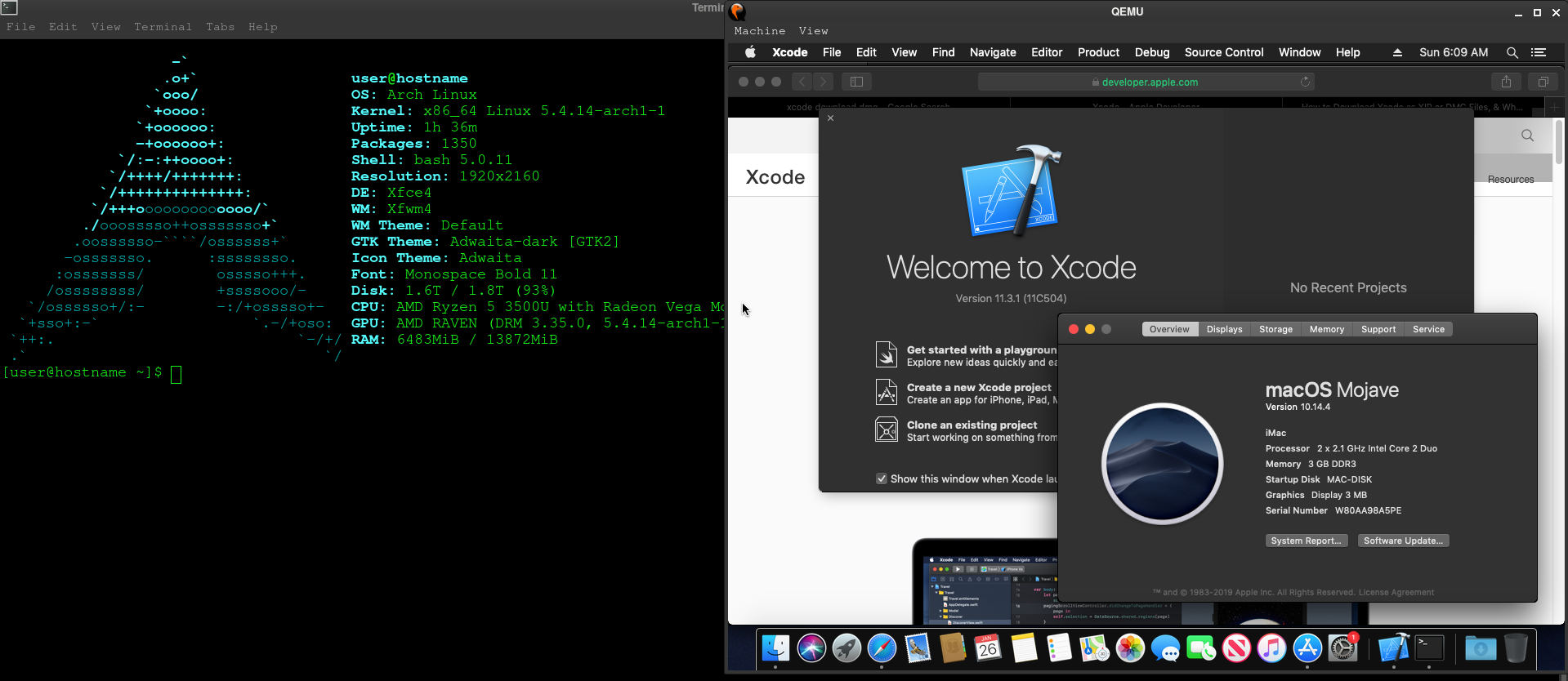

- QEMU VIRTUAL MACHINE HOW TO
- QEMU VIRTUAL MACHINE INSTALL
- QEMU VIRTUAL MACHINE UPDATE
- QEMU VIRTUAL MACHINE 32 BIT
Just knowing Libvirt didn’t answer how to get it going as it wasn’t called that in the repositories so a bit of searching and reading documentation I was able to get it all together in my head and take some notes. I learned of it as Libvirt, libvirt is the name of the directory that houses my virtual machine drives (~/.local/share/libvirt). The name of this application stack is a bit confusing. It is a bit of extra work but worth it for the reliability and increased performance Virtual Machine Manger provides. Thankfully a little bit of symbolic linking to a 3rd, removable, drive and all the qcow2 files are available. There isn’t an option to have a dynamically resizing disk so I have to be more careful with the number of disk images I keep on my primary drive in my /home directory. Virtual Manager is a GTK application so it is not as nice looking as the Virtualbox Qt, although at the time of writing this, I see there is a project on Github called qt-virt-manager. I am not completely sure of the technical reasons as to why but it seems as though this project is less affected by updates to the Linux Kernel. I don’t have any issues with any updates that roll down breaking this utility. I am not going to go into detail on all the features as most of the time, the defaults work well for my use cases. The interface, although initially a bit overwhelming, is pretty great. I do have to preface that this is not the experience I get from all desktop environments but Plasma does run quite well. I do appreciate this performance enhancement. It has a kind of raw, running on “bare metal” feel as opposed to that slightly sluggish virtualized feel to which I am more accustomed. Qemu with Libvirt just feels much faster than Virtualbox. This is also the part of the post you can point and laugh at my old, non-high-DPI screens to which I will respond, “my old hardware still works, thank you very much.” What I Like Although I have not played with this as much, my understanding is you can use other CPU architectures here as well.
QEMU VIRTUAL MACHINE 32 BIT
If you are running a 32 bit version of Linux, you can select that architecture instead. Since I am installing from an ISO, I selected the first option. Next step is to create a new virtual machine.

Here is how you get back to it.įor my purposes, I am using the QEMU/KVM user session as the Hypervisor. I also selected the Autoconnect tick box to ensure that when I started Virt-Manager, it would make this connection.


Depending on how your system is out of the gate, or if you canceled this operation. After doing a little reading and digging to figure out what was the best solution for me in my use case, which is, on a desktop testing other distributions or software in a virtual machine.
QEMU VIRTUAL MACHINE INSTALL
Sudo zypper install libvirt qemu virt-manager libvirt-daemon-driver-qemu qemu-kvm Setup I found I had to install a few things to make this work. The application is virt-manager which is libvirt and the application title bar is Virtual Machine Manager so maybe it goes by them all or I can’t make heads or tails out of the name. Quite honestly, I am not even sure what to call the application stack.
QEMU VIRTUAL MACHINE UPDATE
One of the beauties of a rolling distribution is that sometimes you are forced to use a new piece of software… My regular Virtual Machine application, VirtualBox was non-functional for a few days due to a kernel update and some sort of mismatch with the kernel driver or something… The positive is, I got to know a new Virtual Machine Application, Libvirt with QEMU/KVM.


 0 kommentar(er)
0 kommentar(er)
